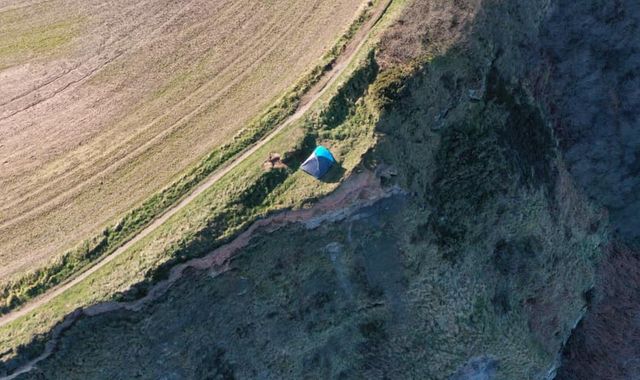Plastics industry ‘influenced’ fire safety tests in wake of Grenfell Tower fire
Written by News on 29/01/2018
Government assurances about the safety of combustible cladding on high-rise buildings have been called into question.

It comes after a claim that the plastics industry “influenced” official fire tests carried out in the wake of the Grenfell Tower tragedy.
Rockwool, which makes non-combustible building insulation, claims a firm owned by plastic insulation manufacturer Kingspan was given control of key elements of the tests including some that “can have a direct bearing on the pass/fail outcome”.
The Grenfell Tower fire, which killed 71 people in June 2017, spread up combustible plastic insulation and plastic-filled ACM cladding panels which had been wrapped around the Kensington tower block in west London to meet energy-saving targets.
Emergency tests on combustible cladding materials, known as British Standard 8414, were announced by communities minister Sajid Javid three weeks after the disaster and carried out at the headquarters of government fire safety advisers BRE.
Mr Javid’s Department for Communities and Local Government (DCLG) gave the test contract to cladding firm Booth Muirie, which is a wholly owned subsidiary of Kingspan – the UK’s biggest plastic insulation firm.
Writing in the online trade magazine Building, Rockwool senior vice president Gilles Maria said: “The tests curiously placed all-important horizontal fire barriers directly below thermocouples (basically high-tech thermometers) measuring the heat generated by the fire.”
He went on to claim: “Placing the fire barrier below the thermocouple naturally protects it from the flames and heat, an interesting way of influencing the test result.”
Landlords have been told by the Government that it is safe to use cladding systems which passed the tests, including one using the same type of combustible plastic insulation fitted to Grenfell Tower but with cladding panels on the outside that do not burn.
Kingspan told Sky News in a statement that the positions of the fire barriers and thermocouples by Booth Muirie were copied from a previous test at BRE.
“(This) was designed to ensure test integrity and comparability of test outcomes and data, a methodology that was fully agreed with DCLG. Booth Muirie had no role in the October 2016 test,” the statement said.
The firm went on to say that the rapid failure of the two tests involving plastic-filled cladding panels “provide a very clear indication that it is the fire performance characteristics of ACM cladding panels that are the key factor in the safety of any cladding system and not the insulation boards”.
The tests were commissioned on the advice of the Government’s independent expert panel on building safety which was established after the Grenfell Tower fire.
The panel is chaired by Sir Ken Knight, a director of BRE, and includes the BRE chief executive Peter Bonfield.
BRE told Sky News it was not responsible for giving the contract to Booth Muirie and that BRE did not “design, select or install” the cladding systems tested.
It said the tests were carried out “using the test methodology required” with 32 thermocouples used for each test.
“If the temperature shown by any one of the thermocouples (at the top of the test rig) exceeds the temperature criterion allowed, the cladding system fails the test,” BRE added.
Announcing the tests last year, the independent advisory panel said they “will help landlords make decisions on any further measures that may need to be put in place to make their buildings safe”.
Mr Maria is not the only critic of the BS 8414 cladding fire test, which was designed by BRE in response to a plastic cladding fire which killed a man at Garnock Court flats in Ayrshire in 1999 and are believed to cost more than £20,000 each.
The Fire Protection Association, the insurance industry trade group, has called for a more realistic test for cladding, while the Metal Cladding and Roofing Manufacturers Association issued guidance in November 2017 that it had “too many concerns regarding the BS 8414 test to confidently use it” for guaranteeing a cladding system is safe.
In a statement the Ministry for Housing Communities and Local Government, formerly DCLG, said that Booth Muirie “was one of a number of contractors involved” in the tests.
“Their designs were independently scrutinised… to ensure they reflected common practice,” it said.
(c) Sky News 2018: Plastics industry ‘influenced’ fire safety tests in wake of Grenfell Tower fire






